If you’re a luxury buyer, Trump’s auto tariffs are likely to have little more impact than raising your monthly payment. Buyers on a tight budget are likely to be driven out of the new vehicle market, industry analysts warn, while half of the entry-level models now available in U.S. showrooms are likely to vanish. Tariffs, it turns out, will impact all motorists, even those not looking for a new vehicle, by raising costs for service and repairs – and even insurance. Headlight.News reports.
Call it a “Tale of Two Buyers,” to mangle a story by Charles Dickens. For luxury buyers it may not be the best of times but they’re unlikely to be impacted much by the Trump administration’s auto tariffs officially going into effect on May 3.
For buyers on a tight budget, however, the tale is completely different. Millions may no longer be able to afford a new vehicle, warned analysts from Cox Automotive, as the sanctions add thousands of dollars to the price of even the least expensive models now on the market. Indeed, many of those products will likely be dropped by manufacturers like Chevrolet, Honda and Hyundai.
Even something as small as “a 1% increase (in prices) could take away 10% of the market” for affordable vehicles, said Jonathan Smoke, chief economist at Cox Automotive, during a meeting of the Automotive Press Association. Of the 20 models in entry segments, he added, “I expect less than half (will) exist if the tariffs become permanent.”
You won’t have to be in the market for a new vehicle to feel the impact of Trump’s tariffs, however. Cox research forecasts a surge in used vehicle prices, whil service and repair costs will start rising — as will vehicle insurance premiums.
A surge and a slump

April saw a surge in new vehicle purchases but the market is now expect to start sliding as tariffs go into effect.
With just a handful of exceptions, April saw automakers score double-digit sales increases, following on strong March demand. The Toyota brand had its best April ever, as did Kia. The Honda CR-V set a record for the month, as well.
The surge was largely the result of motorists racing to purchase new vehicles before tariffs on imported autos and auto parts go into effect on May 3, said Smoke, though “We may be at peak,” with sales appearing to start slowing down as April came to a close. “It looks like the market has hit a ceiling.”
Looking ahead, said Smoke, “The next two months will prove out how different this year will be.”
Cox forecasts a sharp decline in demand. Where U.S. motorists purchased about 16 million new vehicles in 2024, it now anticipates the industry will be lucky to finish the year with total sales in “the low-14 million to 15 million” range. And that’s assuming the economy won’t fall into a recession, something Smoke said Trump’s tariffs very well could trigger. If so, “a recession would bring sales down to 14 million.”
Prices are already on the rise
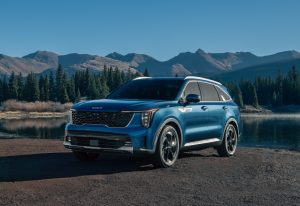
Manufacturers may hold the line on MSRPs but they’re already cutting back on incentives and dealers have been less willing to bargain in recent weeks.
Sales were so strong over the past two months that dealer inventories are being drained, he noted, from about 3 million vehicles across the U.S. at the beginning of the year to around 2.6 million in April. That has encouraged manufacturers to sharply pare back on rebates, discounted loans and other incentives. Meanwhile, retailers are far less likely to cut deals, according to Cox data – which is echoed by reports from J.D. Power and other analysts tracking auto sales in real time.
“This is a seller’s market,” said Smoke, noting that average transaction prices – which are what auto shoppers actually pay after factoring in MSRP, options and discounts – have “increased every week since the tariffs were announced. Keep in mind that these are not tariffed vehicles yet.”
How high is up? In March the average transaction price for a new vehicle sold in the U.S. was $47,462. Tariffs are expected to add thousands of dollars to production costs for even base models, according to Cox and other analysts. And that includes vehicles assembled in the U.S. due to the heavy reliance on imports parts and components.
How much sticker prices will rise depends on what part of the added tariff burden automakers will pass onto consumers. Some companies, like Hyundai and Mercedes, plan to hold the line on MSRPs, at least for the next few months. But Smoke and Cox colleague Erin Keating say factory incentives and dealer discounts are likely to dry up, sending ATPs surging by an average 5%. Based on what motorists spent in March, that would mean an extra $2,373.
More Industry News
- April Auto Sales Surge as Buyers Rush to Beat Tariffs
- Trump Gives Some Tariff Relief to Automakers]
- Automakers Find Ways to Offset Tariffs
Entry buyers will be hardest hit
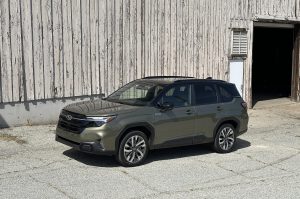
The Subaru Forester is one of the affordable offerings that could be hard hit by tariff price increases, said Cox.
While imported luxury vehicles, such as a BMW 7-Series, face higher tariffs from a dollar sense, it’s the entry segments of the market that likely will be hit hardest
“We’re really going to see a crunch on vehicles that are affordable,” said Keating, Cox’s executive analyst.
Of the 20 models Cox puts into that category, all are imported, typically from Mexico, South Korea and other regions with low production costs. So, said Keating, tariffs could be disproportionately higher on these models, including high-volume entries like Chevrolet’s Equinox and Trax crossovers, Honda’s HR-V and CR-V and the Subaru Forester.
But even modest increases of just a few hundred dollars could force buyers on tight budgets to switch to the used vehicle market, said Smoke. In turn, higher costs and lower demand would likely lead manufacturers to drop half of those models were the tariffs to remain in effect long-term.
Even before Trump announced his tariff plans, the auto industry already was reaching the limits of “price elasticity,” said Smoke. That’s why the market has failed to match its previous record of 17.1 million vehicles sold in 2016.
That’s not say all segments of the market will be impacted equally as tariffs go into effect. Cox forecasts luxury buyers will be more willing to accept higher prices for the vehicles they want.
Tariffs will drive up insurance costs
Smoke and Keating warned that no motorist will be immune from the effects of the Trump tariffs. Because more buyers will turn to the used vehicle market Cox anticipates prices will rise “about 5%” for previously owned models.
And even those who aren’t searching for a new vehicle will be impacted. The tariffs will also impact service and repair costs, with parts ranging from windshield wipers to replacement body panels often coming from abroad.
In turn, he said, higher repair costs will “send insurance rates skyward.”
Tariffs, it seems, will be raising costs for anyone who now owns – or who is planning to buy – a set of wheels.

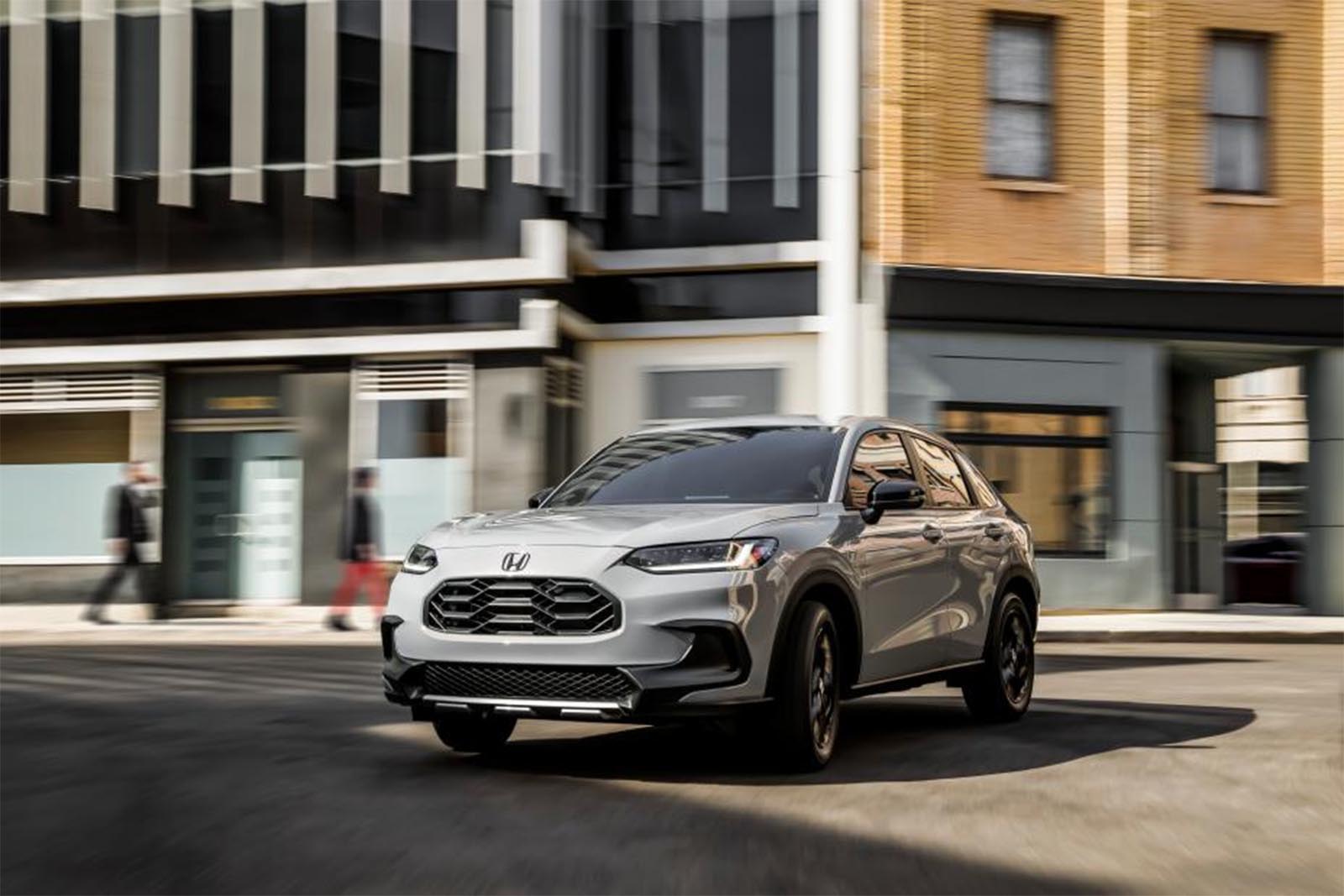
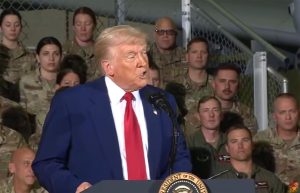

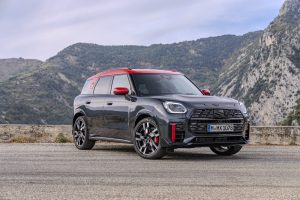
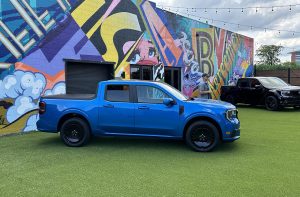



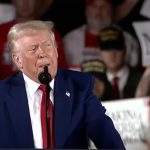
0 Comments